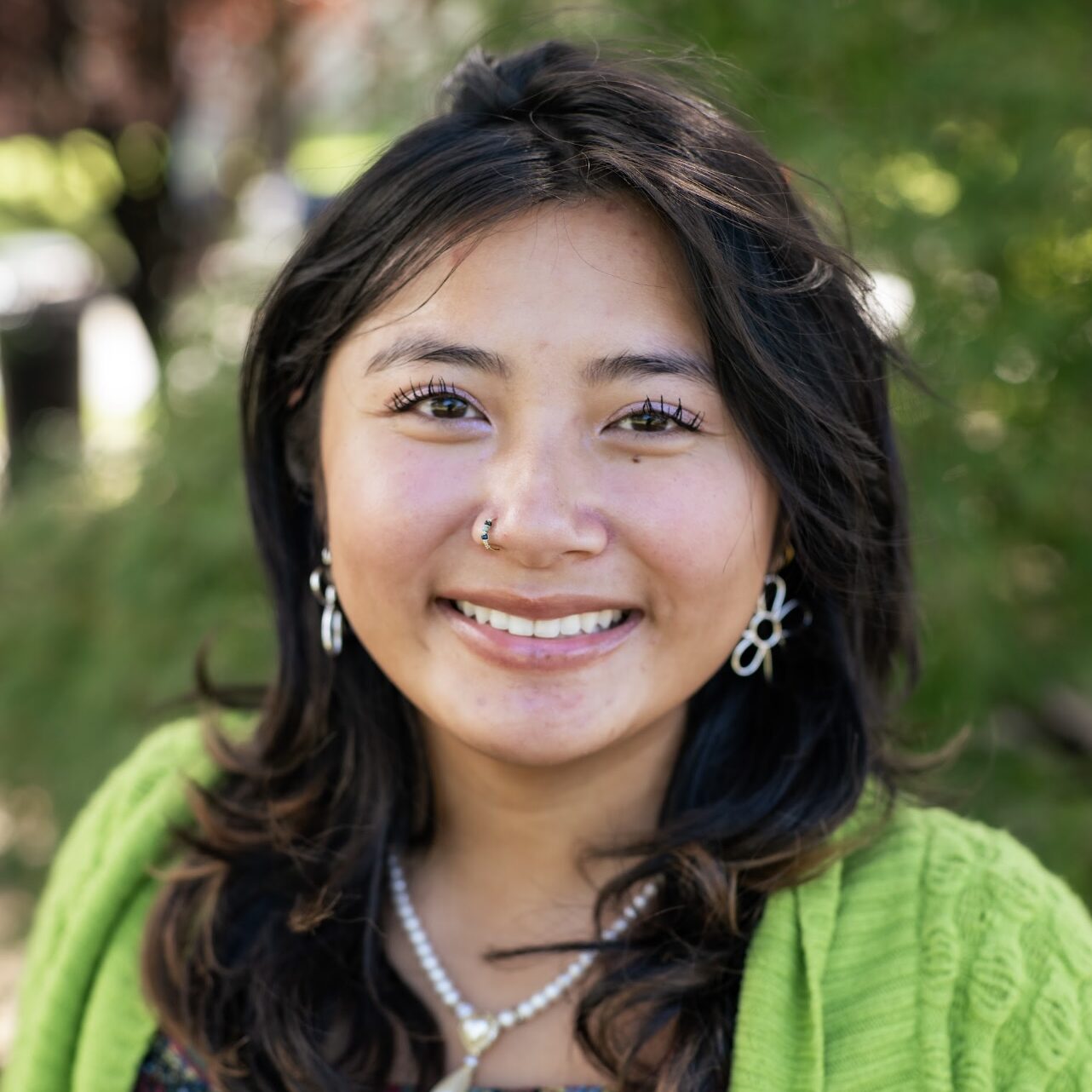Hester Street is pleased to offer the second year of our Jim Diego Fellowship – an immersive, 10-week program for graduate students of color, LGBTQIA+, women, and other underrepresented voices in the fields of architecture, urban planning, and design. Named for our beloved and admired late colleague Jim Diego, the fellowship provides graduate students with hands-on experience working on HST’s innovative projects, and mentorship from HST staff.
This summer, we’re thrilled to welcome our second Jim Diego Fellow, Remy Chong! Remy joins us from Rutgers University where she is pursuing her Masters of Landscape Architecture. We recently sat down with her to learn more about her experience and interest in joining HST as a Jim Diego Fellow. Read Remy’s interview and join us in welcoming her to our team!
HST: What is the current focus of your academic work at Rutgers University? What coursework or ideas are particularly exciting to you right now?
Remy Chong: As a student, I am interested in exploring and restoring the relationship between existing communities and their access to green public space. I am energized by placemaking and its capacity to shape and enhance cultural landscapes. My current thesis is entitled “Meditation Gardens: Bridging Cultural Practices into NYC Chinatown,” and focuses on improving residents’ connection to cultural spaces, amidst the adverse effects of gentrification and loss of small businesses post-pandemic. My research aims to explore how ancient practices such as Feng Shui can potentially be applied within open space and the storytelling of Chinatown and its residents. I hope to illuminate the ways in which green infrastructure design can serve as a catalyst for community engagement, identity, and environmental and social solace.
HST: What are your passions and what drew you to the Jim Diego Fellowship? What do you hope to learn from your experience at Hester Street?
Remy Chong: My hobbies span various forms of multimedia art including watercolor, ink, and acrylic painting, writing, photography, and making music. This set of passions eventually led me to start independently tattooing my own artwork; it’s a treat to be able to exhibit my personal designs on real people! As a QAAPI artist, I find it imperative that I use my hobbies as a vehicle for social/political advocacy, specifically for voices who continue to remain underrepresented.
I am drawn to Hester Street because of the team’s commitment to centering and amplifying the voice of marginalized communities combating the historical and present-day effects of systemic, social, and environmental oppression. In an industry where design and engagement can often be commodified, I appreciate Hester Street’s focus on leading community design as a step toward community justice. I hope to expand my knowledge of innovative placemaking strategies, and contribute my skills toward impactful community-based projects that uplift the priorities of residents themselves. I am also keen to learn more about the project management it takes to facilitate these initiatives and optimize both workflow and outcomes.
HST: What projects are you excited to work on this summer?
Remy Chong: Given my commitment to environmental justice and community-led planning, I am very excited to support ongoing design development and engagements for Renewable Ravenswood and District 26 Comprehensive Community Planning. I’m also looking forward to working on NYC Communities Activating Public Spaces (NYC-CAPS), which aims to create a series of case studies for community-led activations of underutilized space.
HST: Can you share a favorite New York City public space, park, or building that’s important to you?
Remy Chong: My favorite NYC parks would have to be a couple of the pocket parks surrounding Alphabet City & LES. Some of my favorites are Parque de Tranquilidad and All People’s Garden – not only are they beautiful but are also perfectly tucked away within the urban fabric. I have a lot of fond memories visiting both parks growing up, and would often retreat there to get a break from the city. I’m a huge advocate of taking the time to explore NYC’s pocket parks because there are so many hidden gems.

